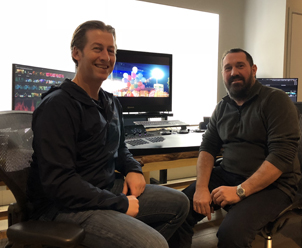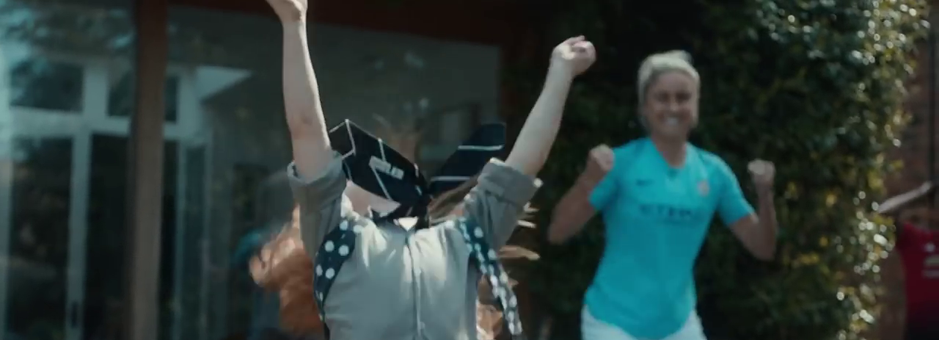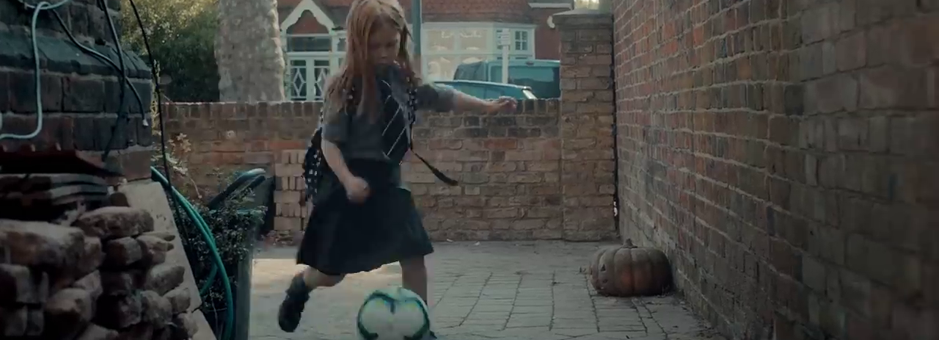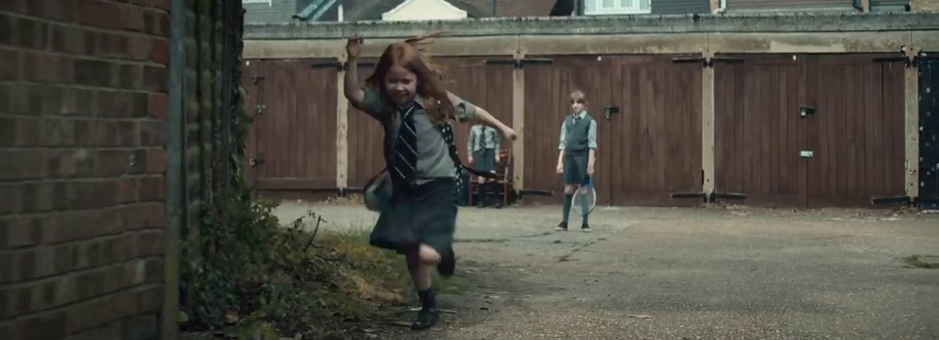Case Studies
The Mill brings VFX and colour into a new level
Internationally-renowned visual effects and content creation studio The Mill has recently invested in a number of BLG for Flame licences from FilmLight. This allows its VFX artists to see the latest colour grade on background plates and live action shots in context so that they can finesse the CGI to fit naturally, with no back and forth to the colour suite to render out new versions of shots.
We spoke to London-based VFX supervisor Ben Turner and Colourist Dave Ludlam to find out how this innovative workflow improves their productivity and quality.
“Of course, it was frustrating to grade a sequence then drop the VFX on top,” Ben Turner reflected on the way post traditionally works. “To get the sort of result our commercials clients expected, we were constantly pushing material to and fro. We could end up with more than a hundred publishes on a complex job.”
Apart from time wasted on unproductive activity, it also required a lot of data storage to keep all the versions until the job was signed off. Both in terms of time and storage, it was not an efficient way to work.
BLG for Flame changes all of that. It brings the VFX department directly into the colour pipeline, which means that everyone can access the latest grade in every room instantaneously.
A Linux-only plugin for Autodesk Flame, BLG for Flame applies a Baselight grade automatically, either from Baselight Linked Grade (BLG) files or directly from a Baselight scene – even while the scene is still being graded on the full Baselight system. What FilmLight has achieved is a non-destructive, render-free workflow in which all of the grading information – including multiple layers, windows and effects – is stored as metadata, which can be imposed in real-time as you view the content. And with the option of floating licences, facilities only need to purchase as many licences as will be simultaneously active at any one time.
Turner and Ludlam cited the benefits from a recent project: Take Them All On, a commercial campaign for BT Sport, directed by Fredrik Bond. The story of the spot is that our heroine Charlotte has an imaginary day taking on stars from a range of sports including football, tennis, rugby and Moto GP. Inevitably, it involved a lot of CGI.
“Working with Fredrik, I set a look for the piece, then handed the footage over to Ben,” said Colourist Ludlam.
“I then developed the CGI, knowing how it was going to sit on the graded live action,” added Turner. “If I needed to talk to Dave I could pop in and solve a specific challenge in minutes. And by creating the CGI to work with the background, I knew that Dave would never have to push anything too hard in the final grade.”
Fredrik Bond, incidentally, went back to Hollywood and supervised the rest of the post from The Mill’s Los Angeles facility, again relying on FilmLight’s BLG workflow to see the graded versions.
“Yes, there is more to-ing and fro-ing between us with this process, but that is because we are responding in a more sympathetic way,” Turner said. “We are closing the creative loop, and that means there is a lot more of me responding to Dave’s work and vice versa.”
Dave Ludlam explained, “With this new process, I am setting looks, but I am not committing to them. Working together I get a lot more creative input, while still achieving a much slicker workflow. I can build the grade, and only lock it down when everyone is happy.”
With The Mill undertaking a lot of commercials work, there are inevitably many people to keep happy. The top directors move between advertising and features and are already used to this sort of collaboration in movies, so bringing it into the advertising domain as well is a logical next step.
It also helps to keep the client reassured all the way through the process too, rather than waiting until the end to see if they like the outcome. You never have to apologise that they are not seeing the latest grade – where the pictures may look a little off – or book the grading room just for clients to check that a look is going to work. Instead, the client can be part of that creative loop throughout.
Decisions made in the grading suite can be instantly available on any other system running BLG for Flame. At The Mill they have adopted the practice of notifying anyone else actively working on a project that a new grade is coming, to avoid any surprises when the look changes.
For colourist Dave Ludlam, the benefits are clear. “It is a massive speed-up, but more importantly it has made our output far superior. It gives everyone more control and – with every job under huge time pressure – it means we can respond quickly.”
From the VFX perspective, Ben Turner agrees. “The BLG workflow is not something I would want to be without now. This way of working is what we have been building up to.”

“It is a massive speed-up, but more importantly it has made our output far superior. It gives everyone more control and – with every job under huge time pressure – it means we can respond quickly.”
Download







